The Mechanisms of Muscle Hypertrophy

Increasing lean body mass is a common goal for many of our personal training clients who come to us to learn how to engage in resistance training. Bodybuilders and powerlifters exemplify two distinct training styles, yet both groups display impressive muscle development. This raises the question: which method is superior for hypertrophy?
By examining the mechanisms of muscle hypertrophy—mechanical tension, muscle damage, and metabolic stress—and their application to resistance training, we can better understand how to optimise muscle growth.
Mechanisms of Muscle Hypertrophy
1. Mechanical Tension
Mechanical tension is generated when muscles contract against resistance, creating a force that stimulates muscle growth. This is a key driver of hypertrophy because it activates muscle protein synthesis pathways. High levels of mechanical tension can be achieved through lifting heavier weights, which is a common practice among powerlifters. This intense focus on mechanical tension contributes to significant muscle gains. Bodybuilders would also use mechanical tension to stimulate hypertrophy, using movements which engage muscles around the mid range where the muscle is able to generate a greater amount of force. We also use this with our clients working at rep ranges from around 6-8 reps.
2. Muscle Damage
Muscle damage occurs when muscle fibres experience micro-tears during intense exercise. The body repairs these micro-tears during recovery, leading to muscle growth. Eccentric contractions, such as slowly lowering a weight, are particularly effective at the contribution of muscle damage. While this mechanism contributes to hypertrophy, it must be managed to avoid excessive soreness or injury.
3. Metabolic Stress
Metabolic stress is the build-up of metabolites, such as lactate, during higher volumes sets with higher rep ranges using lighter loads. This stress creates a hormonal environment conducive to muscle growth by promoting cellular swelling and the production of growth factors. Bodybuilders often employ techniques that maximise metabolic stress, such as higher repetitions with light -moderate weights and smaller rest periods between sets. We generally use this methods with our personal training clients using exercises that engage muscles within the short to lengthened ranges.
Applying the Mechanisms to Resistance Training
To optimise muscle hypertrophy, it is crucial to incorporate elements of all three mechanisms into a well-rounded training program. Here’s how different approaches can be utilized:
1. Moderate Loads and Short Rest Intervals
Bodybuilders typically use moderate loads (around 60-75% of one-rep max) with short rest intervals (30-90 seconds). This approach maximises metabolic stress and induces muscle damage, contributing significantly to muscle growth. Training with moderate loads allows for higher volumes of work, which is beneficial for hypertrophy.
2. High-Intensity Loads and Long Rest Periods
Powerlifters often train with high-intensity loads (85-100% of one-rep max) and long rest periods (2-5 minutes). This method emphasises mechanical tension, as the muscles are subjected to high levels of force. While primarily aimed at enhancing strength, the mechanical tension generated also promotes muscle hypertrophy. Incorporating heavy lifting phases can be beneficial even for those primarily focused on muscle growth.
3. Combined Training Methods
A combined approach can harness the benefits of all hypertrophic mechanisms. For instance, using your compound movements or exercises that work the mid range of a muscle where the muscle has the ability to create more tension from more heavy lifting (to maximise mechanical tension) and utilising exercises that work the shortened and lengthened range of a muscle for higher volume training with short rest intervals (to maximise metabolic stress and muscle damage) can be a very effective method to increase your gains. This variety ensures that all pathways to hypertrophy are stimulated, leading to optimal muscle growth. These are methods we incorporate into many of our programs with our personal training clients, once they can execute the skill of the exercise with good form, then we push the button on these methods by increasing intensities via mechanical tension and metabolic stress.
Maximising muscle hypertrophy requires an understanding of the underlying mechanisms and their application in resistance training. By incorporating mechanical tension, and metabolic stress into a well-rounded training program, you can optimise your muscle growth. Whether through heavy lifting, moderate loads with short rest intervals, or a combination of both, the key is to stimulate all pathways to muscle hypertrophy. With insights from research, our personal trainers can design effective training protocols to help you achieve a strong healthy physique.
Hale personal training – personal trainer altrincham – personal trainer near me – personal training bowdon.

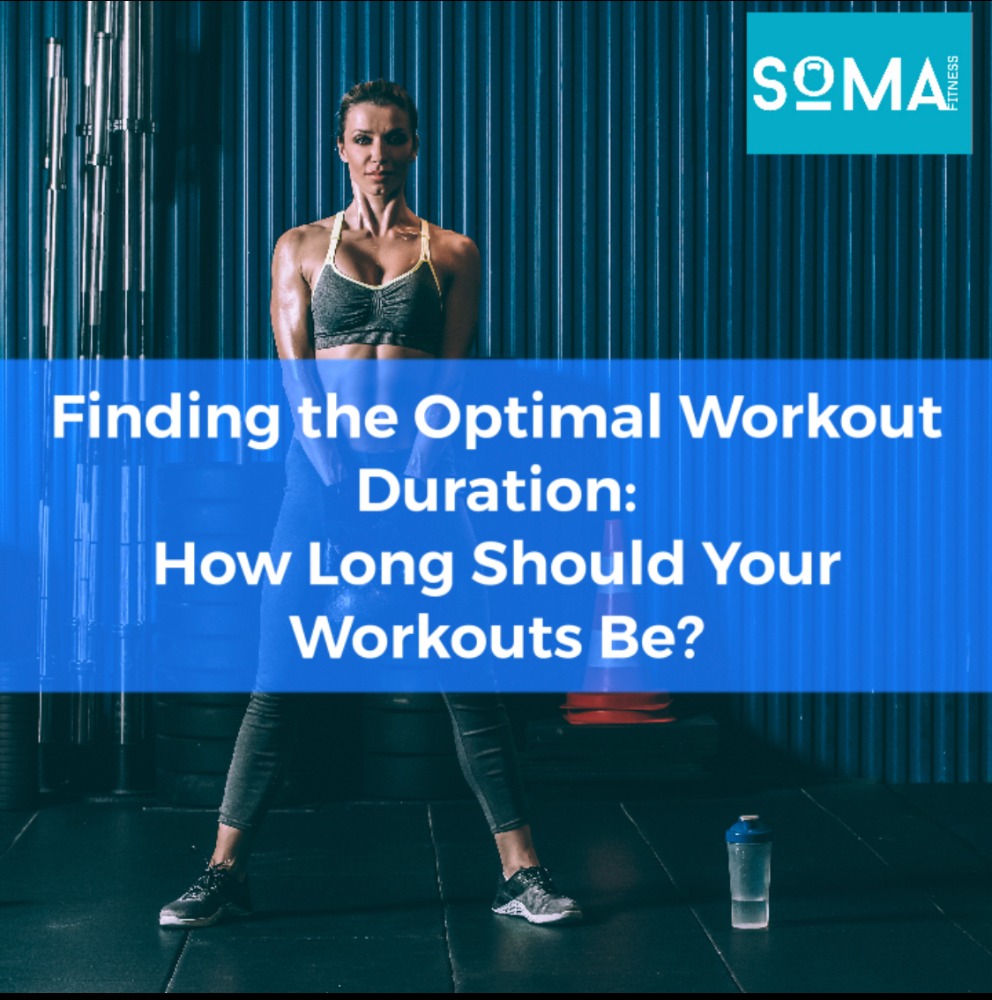
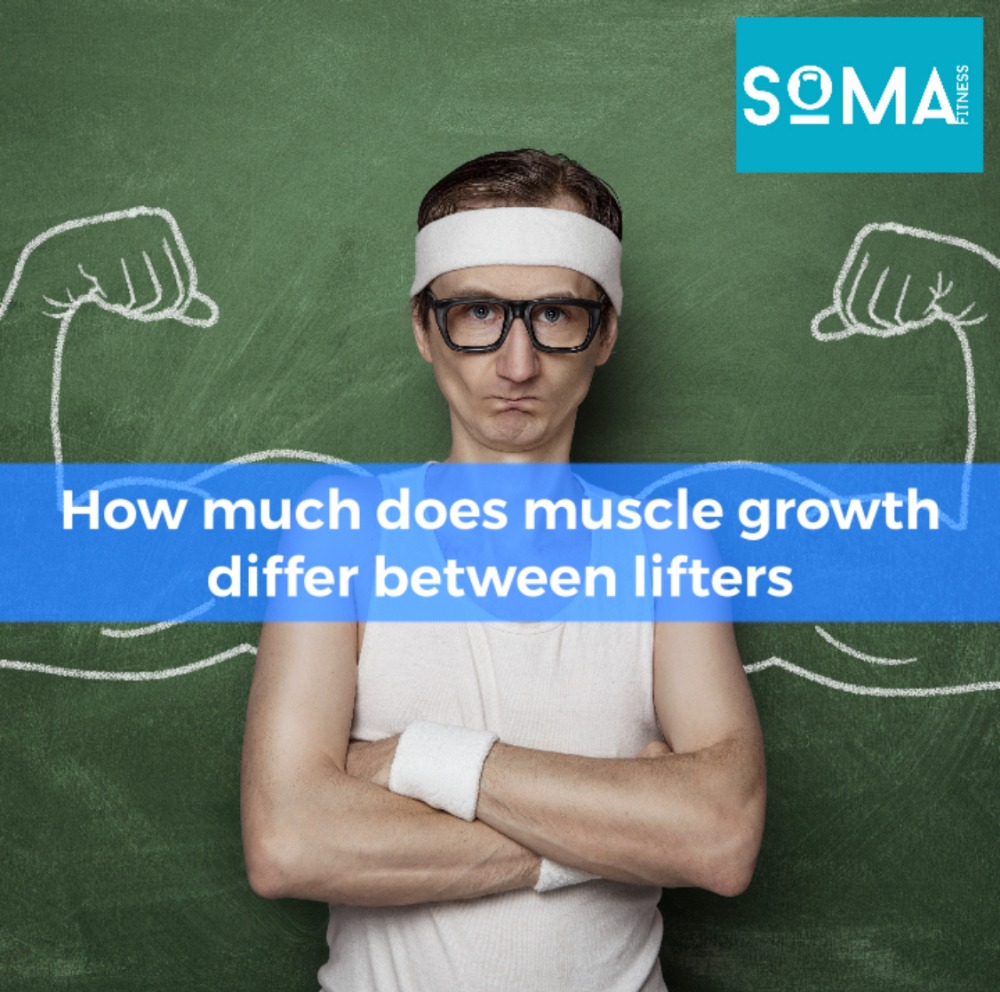
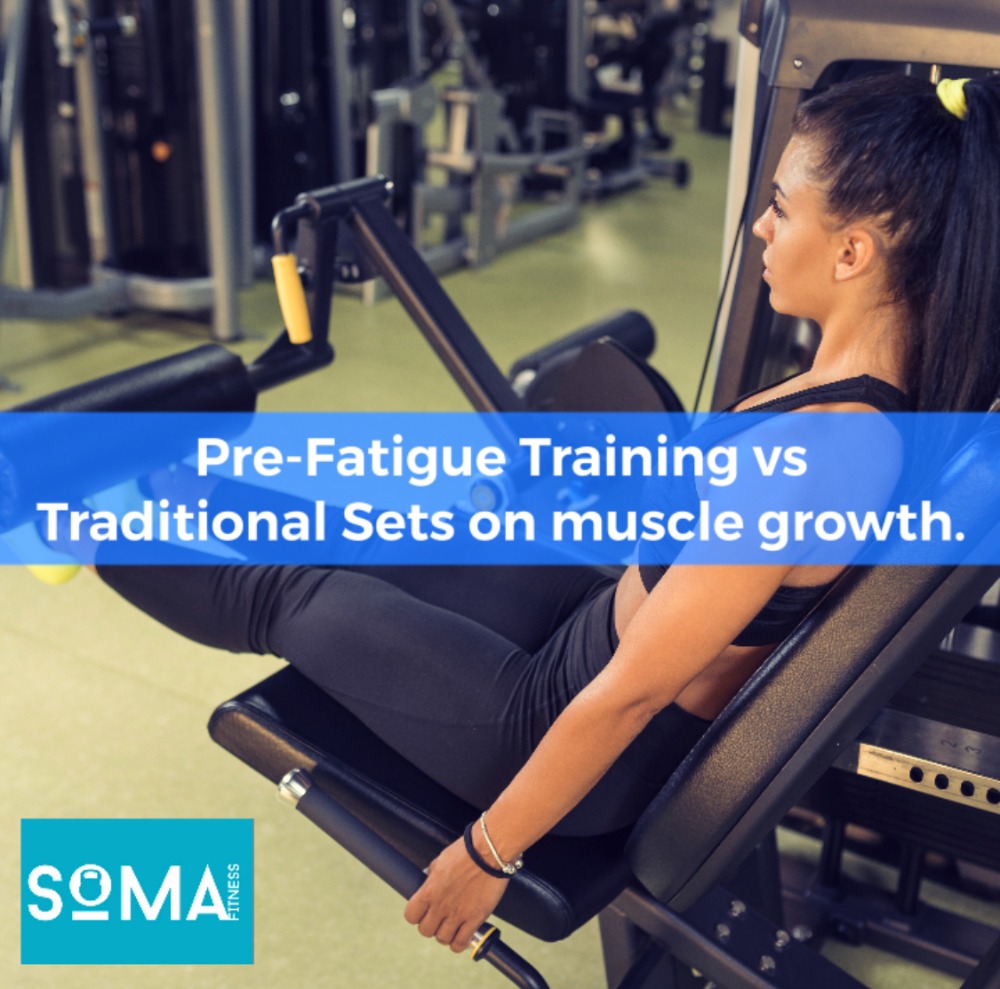
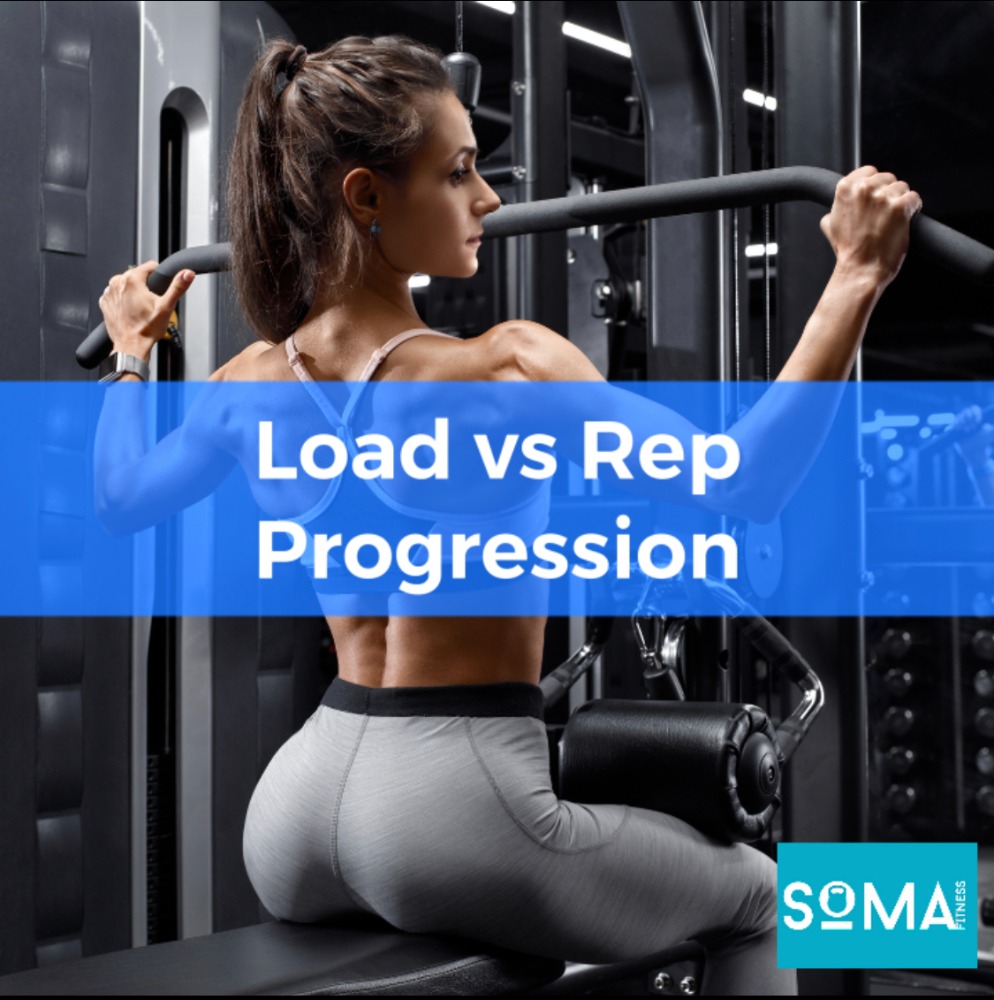


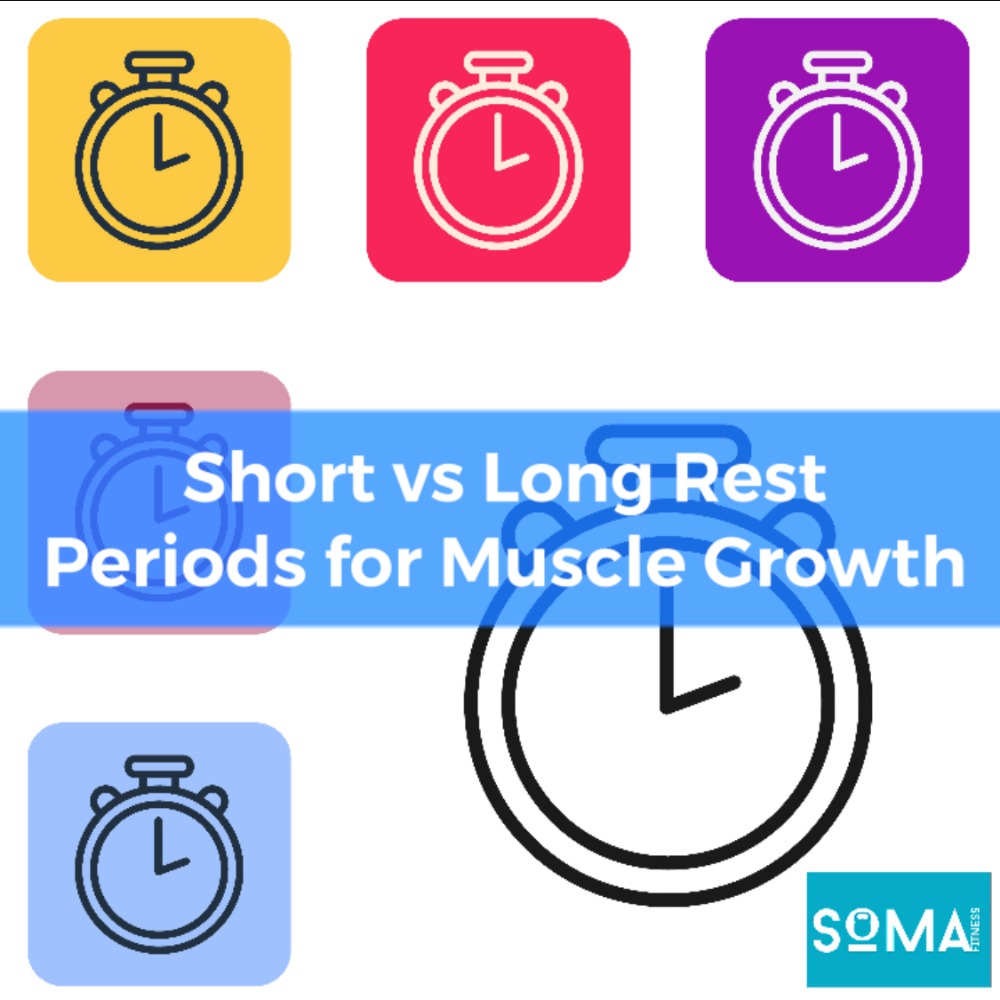

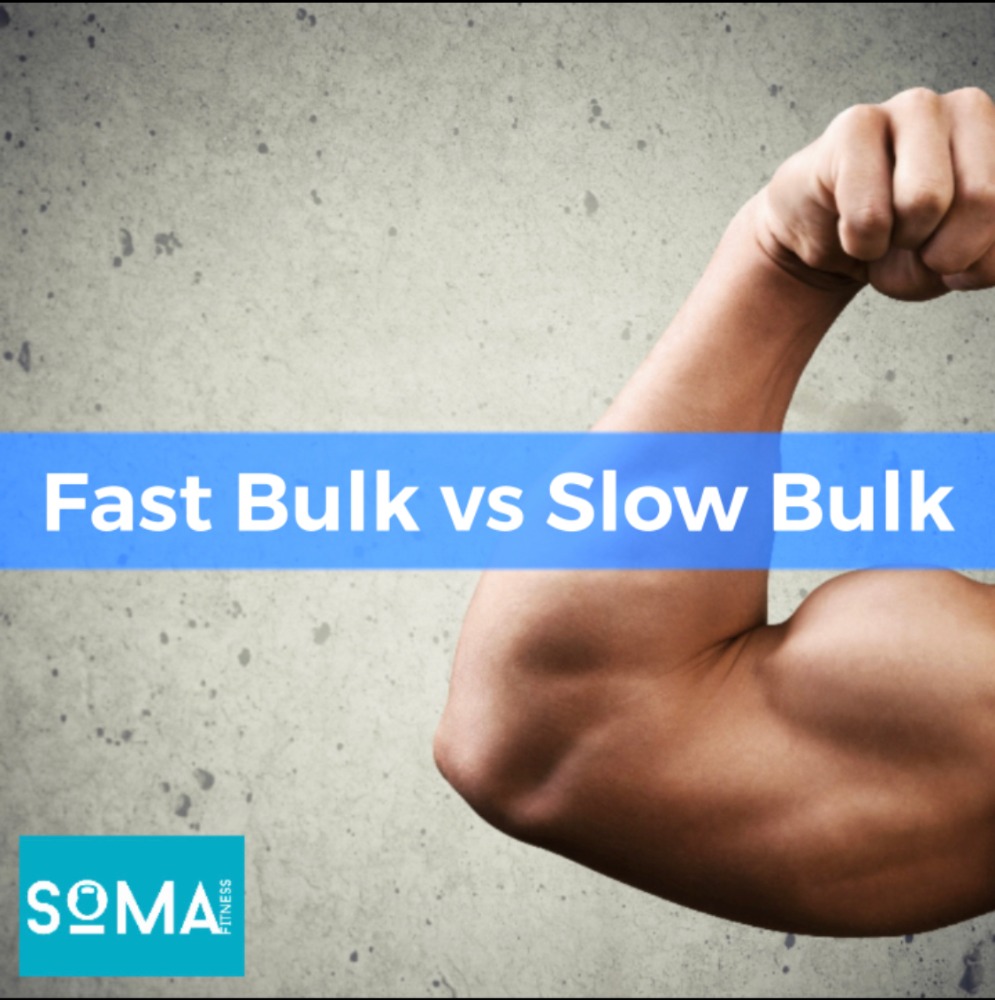
Recent Comments